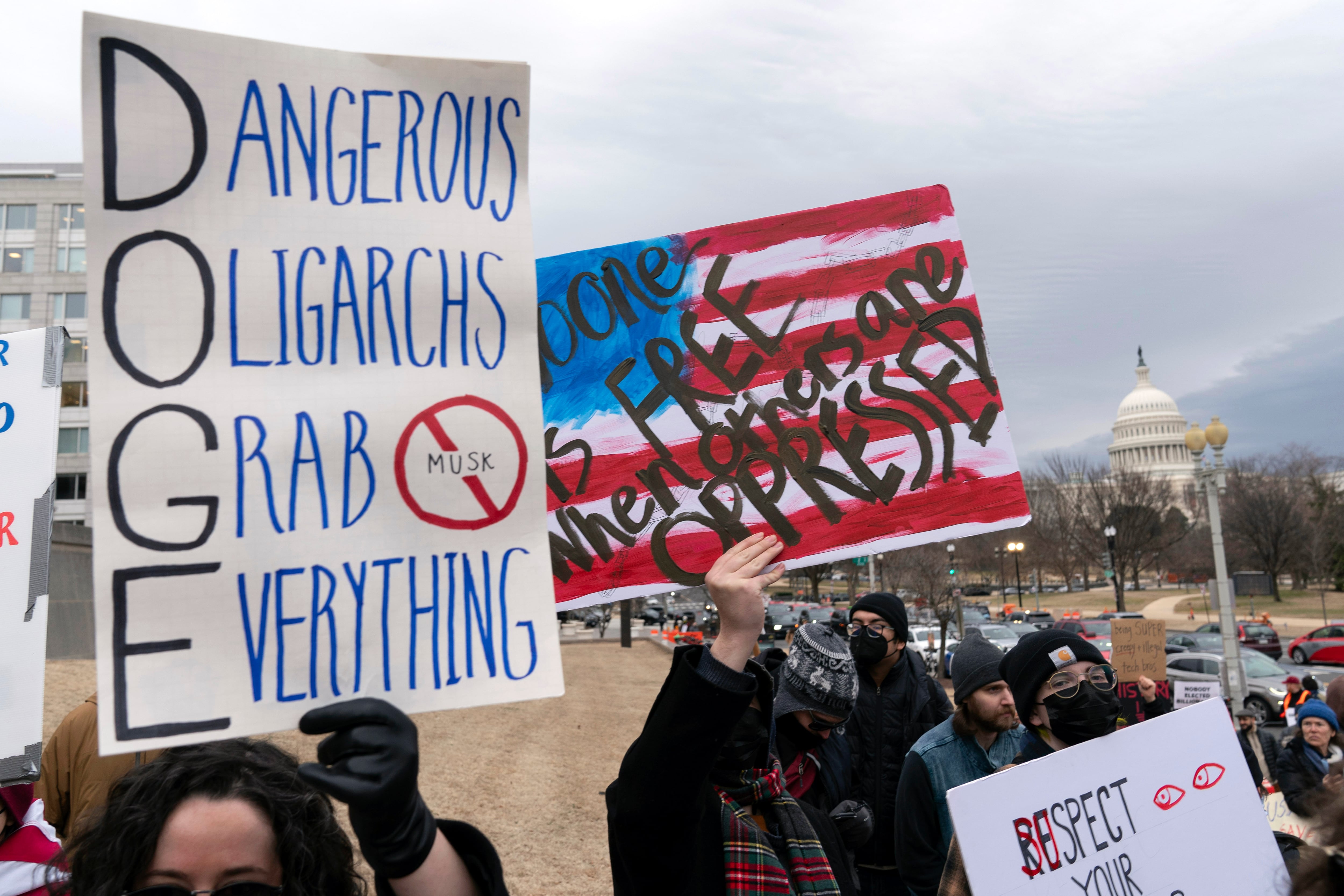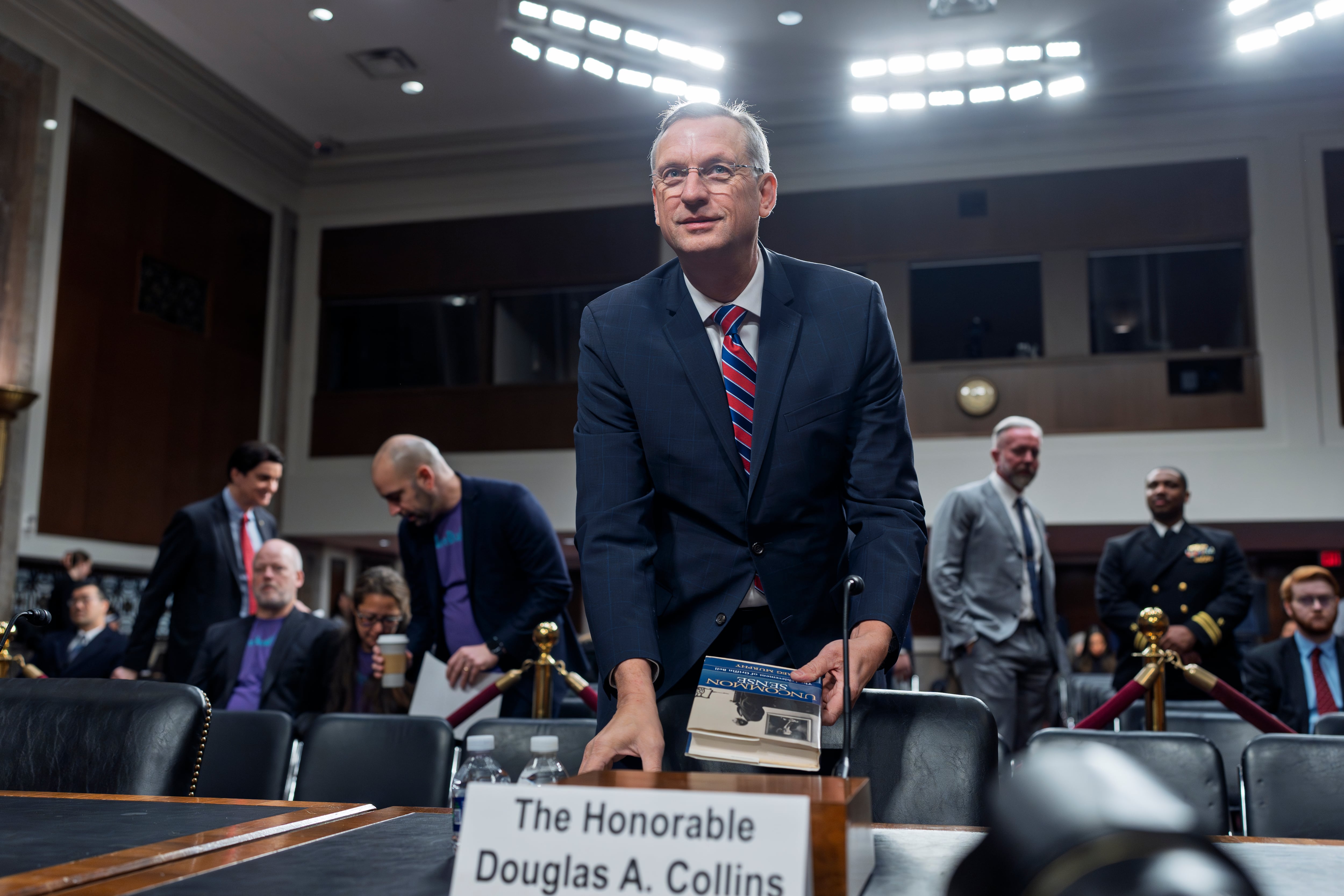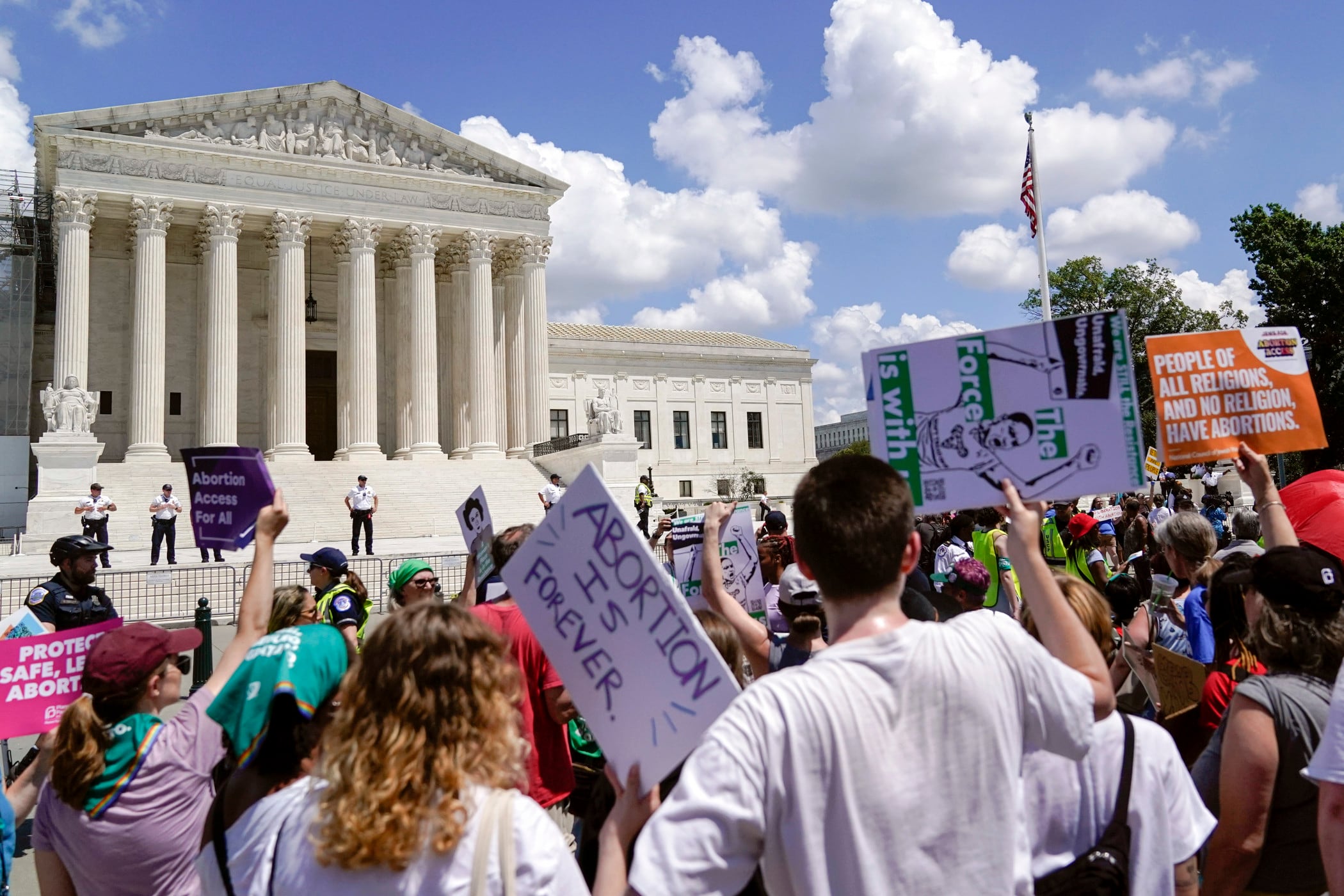This article first appeared on The War Horse, an award-winning nonprofit news organization educating the public on military service. Subscribe to its newsletter.
Last week, the U.S. Senate passed the PACT Act, which expands healthcare and benefits for millions of veterans exposed to toxins during their military service. Notably, the measure extends presumptive status for multiple medical conditions to veterans who served in Iraq and Afghanistan, where open-air burn pits were common. For years, the military burned everything from discarded chemicals to unexploded ordnance to medical waste in pits not far from soldiers’ sleeping and eating areas. War Horse managing editor Kelly Kennedy was the first reporter to cover burn pits and the resulting illnesses in service members returning from Iraq and Afghanistan.
This interview has been edited and condensed for length and clarity.
Q: Your first story about burn pits came out back in 2008 when you were at Military Times. Tell me a little bit about how you found that story.
A: Dan Clare was working as a PAO [for the Air National Guard]. He was also working for Disabled American Veterans at the time. So he was working at [Joint Base] Balad. I’d just come through there — the year before, I’d been at Balad. The pilots over there would actually use the burn pit as a landmark because you could see the flames and the smoke from miles away. Balad was burning 240 tons of trash a day at one point, just in an open pit.
Dan had soft-pitched it several places. I had other reporters tell me it was too crazy. You could see it. The military would never do anything that blatant, right? Dan sent me this memo from Darrin Curtis [the former bioenvironmental flight commander for Joint Base Balad] saying, “I’m worried about these pits.” He basically named out everything that’s happened since then, as far as what people were going to end up having as far as health problems. These other reporters were just like, “There’s no way. There was no cover-up. It’s right there.” And because I’m former military, I thought, “Of course they are.”
So I started digging into the regulations and reports. It was all online. There was the Army Regulation saying “no burn pits.” It was pretty easy to map out the story. You’re not allowed to burn a fire in your backyard in the United States, right? This is 240 tons and an open pit. So it really wasn’t that hard of a story to report out. But no one else had done it.
Q: What was the reaction to that initial story?
A: Oh, man. That was unreal. I mean, I remember the days afterward being just so overwhelmed by the stories I was hearing and the number of phone calls I was getting, and the emails. They were just pouring in. It started out with dozens, and it moved up to hundreds. It was insane. I just wanted to crawl under my desk and bawl because so many people were so sick.
And of course, the Defense Department was like, “Oh, no known correlation.” But the science wasn’t backing them up on that.
Q: You stuck with the story, continuing to write about burn pits. Tell me a little bit about that and what it means to be able to take the time to stay with a story.
A: That first story was the numbers and the science. The next story was finding a unit. They lived a mile away from the burn pit in a housing area. Just being able to travel to visit with each of them — they were across the United States at this point. That was also heartbreaking. Two of them were carrying oxygen tanks with them already.
And then, as we were making connections, I’m looking at these reports that people are doing. I called a doctor down at Vanderbilt and said, “Hey, I just read this study you did about the 101st [Airborne Division], and how they’re coming back and not able to breathe and have constrictive bronchiolitis.” And he said, “Yeah, you know, it’s a funny thing. They weren’t all exposed to this concrete factory fire that we thought was the cause.” And I said, “Well, have you heard about the burn pits?” The next thing you know, he’s testifying before Congress.
All these connections started being made. Being able to carry on the story over the course of many years, it just helped people to make those connections — not just me, but other people to see and understand. And doctors started telling their patients about it. It’s really important.
Q: The Senate recently passed the PACT act. It was the culmination of a lengthy campaign to get recognition for toxic exposure recognition. What’s happened in the years since you first started covering burn pits?
A: A whole lot of stalling. There were baby steps. When we first started reporting on it, there were congressional hearings — we need to close down the burn pits. So they started putting incinerators in. And everyone freaked out and had these loud hearings, and then it just kind of tapered off again.
Other reporters have been covering this, Leo Shane and Patty Kime. It was this ongoing kind of low-level thing but never seemed to get anywhere. Small things would get passed. VA changed their rules so that asthma was presumptive, lung issues were presumptive. But the cancers are a lot harder to prove.
So several years ago, I started talking to someone about 9/11 and how the exposures were the same. When you think about the planes going into the towers, it turned into a large burn pit, essentially, in downtown New York. The first responders were getting the same symptoms as [people exposed to] the burn pits. We realized that, as the years rolled on, we would start to see the same cancers and the same problems. Then Jon Stewart got involved with BurnPits360, a veterans advocacy group that never stopped pushing this issue. He had done so much for the first responders. He just shamed the hell out of Congress until they did something. And he did it again.
Q: What were you thinking when you saw the PACT Act passed?
A: [It was] bittersweet in a way. These guys are still sick, and it was so preventable. It’s frustrating to see us put so much money into war and, once again, not [be] willing to put the money into the aftermath. So I’m really glad to see it finally go through. But I lost a friend, and I’ve seen sources die over the years. It took too long. I’m glad it passed — really glad it passed. Really glad that Dan leaked the memo early on. But it seems like there’s a better way.
Q: How does your experience with this story inform how you think about covering critical issues now, in your role as managing editor at The War Horse?
A: I think between that and Walter Reed, I know a lot of the tricks. I know who’s going to say what. Someone’s going to say, “There’s no science,” and someone else is going to say, “Oh, that person did this.” One of my sources is going to end up in Afghanistan, so they can’t talk to me anymore. Just the obfuscation.
But, when we talk about our coverage, my daily mantra of “Let’s go save the world” has some backing. How do we fix things? How do we make a stink until something gets fixed?
Editor’s note: For more information on receiving toxic exposure benefits, go to http://VA.gov/pact
This War Horse Q & A was conducted by Sonner Kehrt.
Sonner Kehrt is an investigative reporter at The War Horse, where she covers the military and climate change, misinformation, and gender. Her work has been featured in The New York Times, WIRED magazine, Inside Climate News, The Verge, and other publications.





